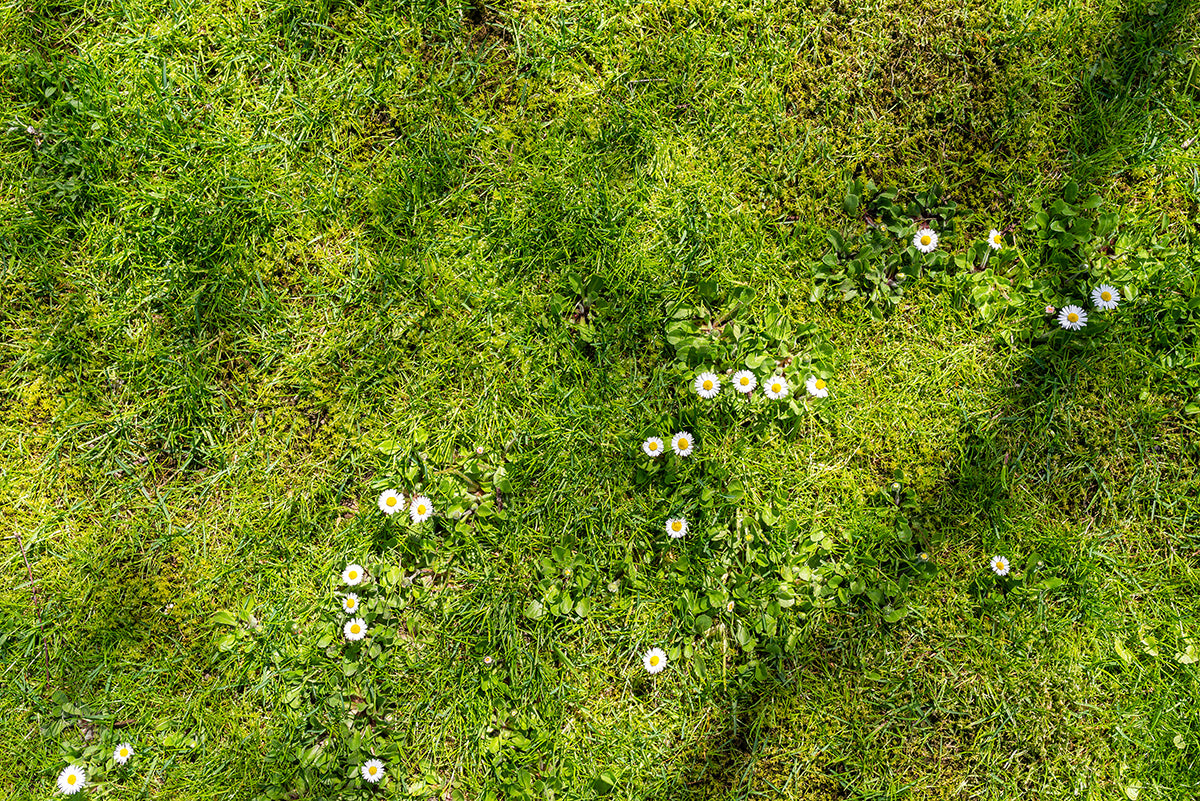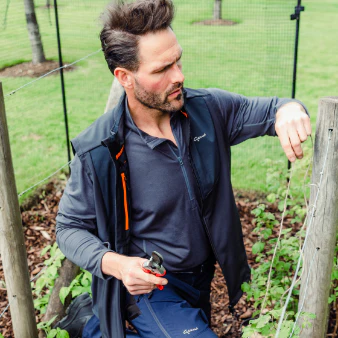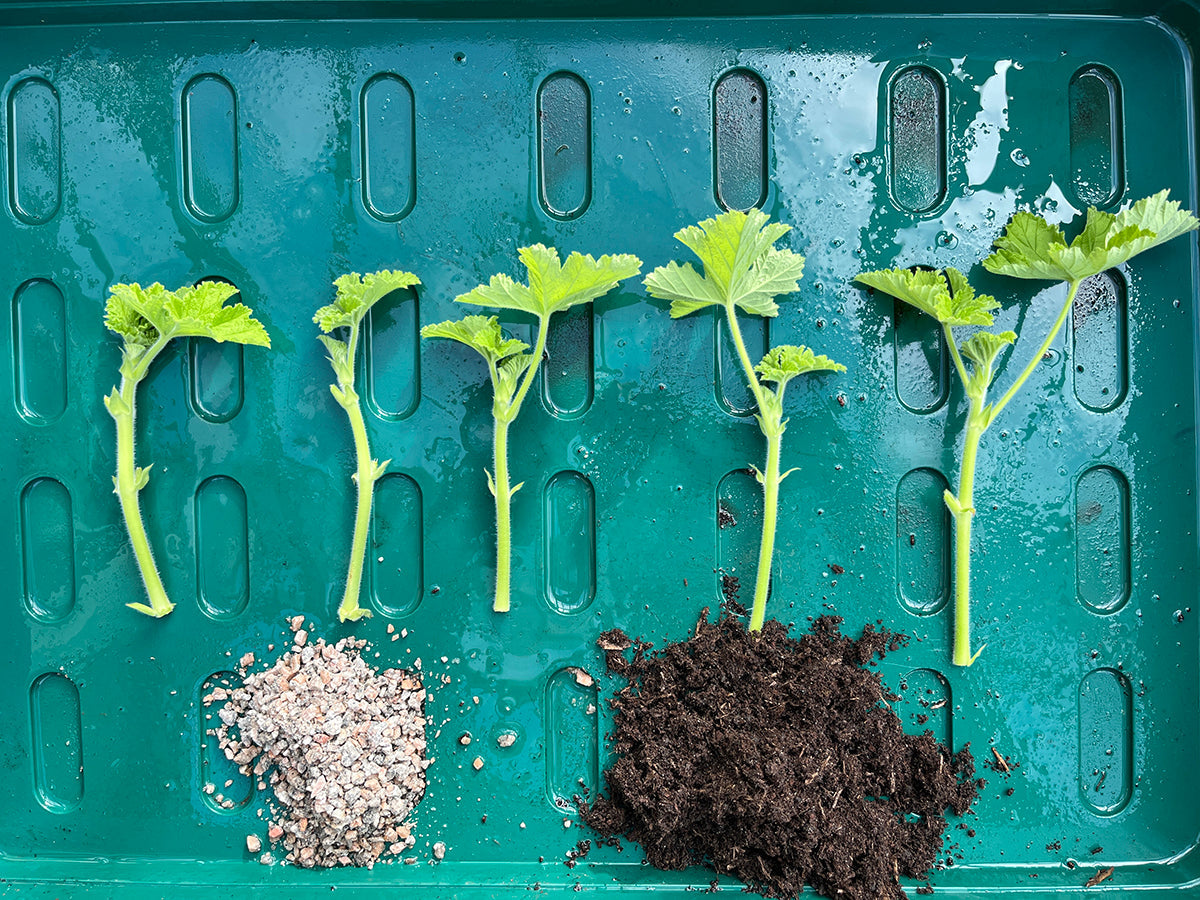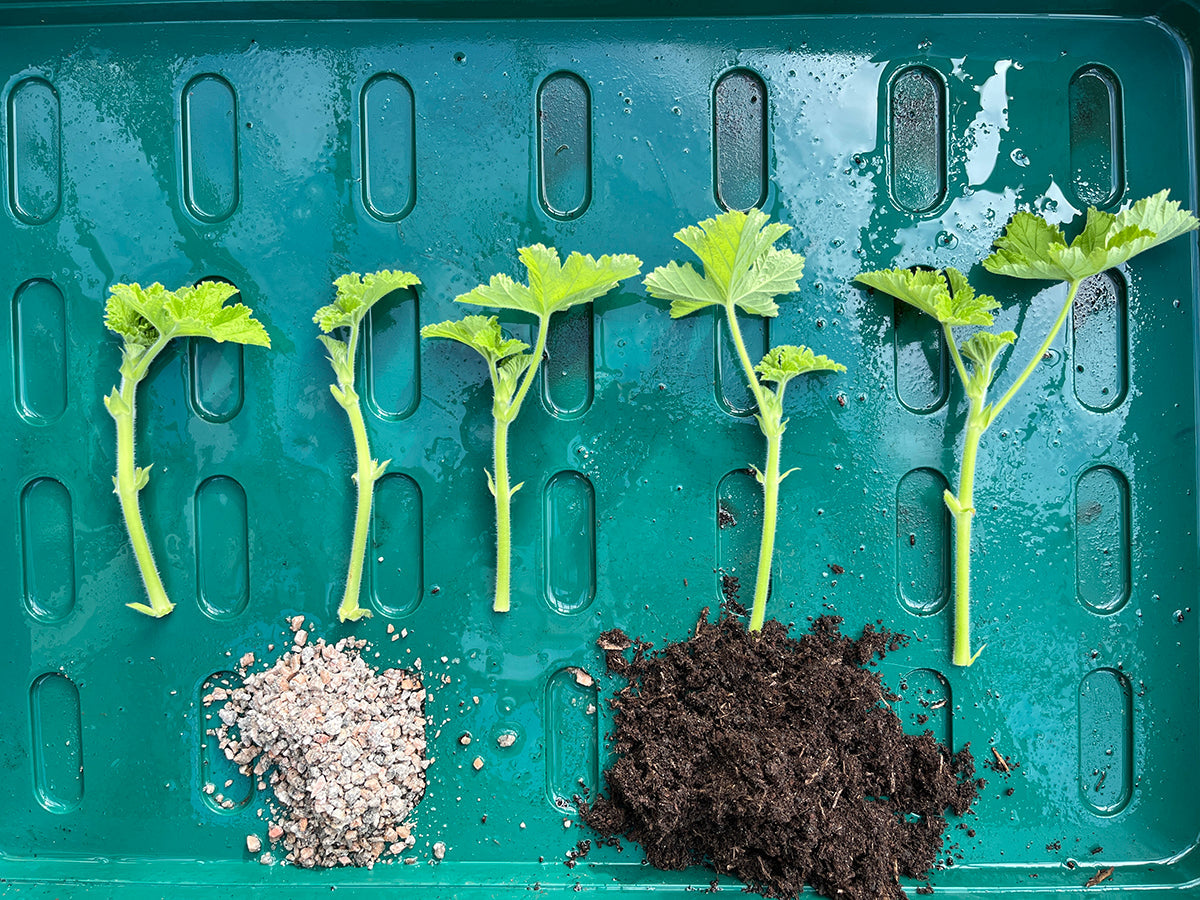Garden trends - beyond the grass lawn

There’ s something timelessly beautiful about a well-kept lawn, but the latest trend is the ‘tapestry lawn’, an alternative to the normal grass, created using a combination of many different plant species that tolerate being walked on. Not only are they more colourful than standard lawns, with a changing display of flowers and foliage, they are lower maintenance, use less water and chemicals and increase biodiversity.
Chamomile has long been used as a lawn alternative, but incorporating other wild flower species into grass, such as daisy, small scabious, bird’s-foot trefoil, creeping buttercup, clover and cowslip is becoming increasingly popular, with companies offering species-rich turf. These lawns only need to be mown once every few weeks and attract a greater number of insects, making them a good alternative to meadow lawns in smaller gardens. But they are more ornamental than heavy duty, so not ideal for busy family gardens. And you’ll have to watch out for bees if you pad about with bare feet!
If your lawn won’t be walked on much, you could use low-lying groundcover plants interwoven in drifts. Opt for plants with similar demands such as creeping thyme, low growing sedums and ajuga for sun and Soleirolia soleirolii, ophiopogon and Irish moss for shadier spots. Use plug plants, squished together, then watch as they spread out and establish into a beautiful, colourful carpet.











